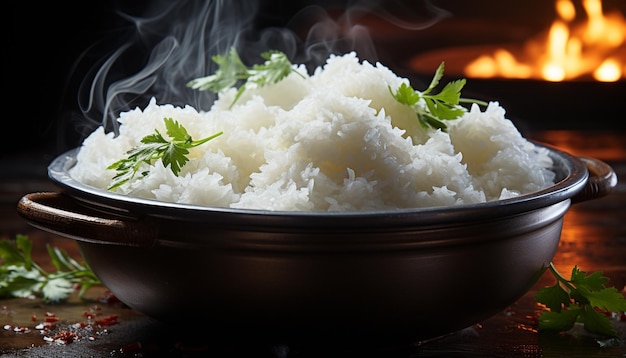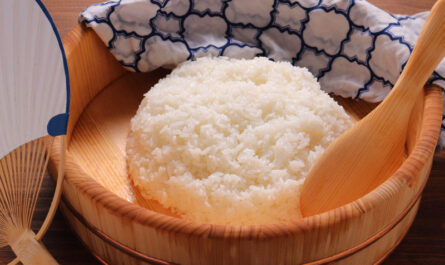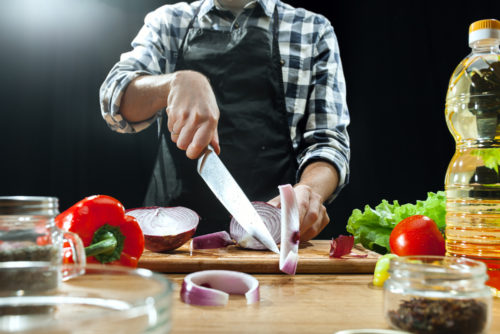When it comes to crafting a delicious meal, the choice of rice can make all the difference. Sushi rice vs arborio rice is a common comparison for many home cooks and culinary enthusiasts. Understanding the differences and uses of these two types of rice is essential for achieving the desired texture and flavor in your dishes.

Understanding Sushi Rice
Sushi rice, traditionally known as ‘shari’ or ‘sumeshi,’ is a type of short-grain rice that is sticky when cooked. This stickiness is crucial for making sushi rolls, as it holds the ingredients together. Sushi rice is seasoned with a mixture of vinegar, sugar, and salt, giving it a unique flavor profile that complements the fish and other fillings in sushi.
Characteristics of Sushi Rice
The key characteristic of sushi rice is its high starch content, which gives it a sticky texture. It’s usually polished and short-grained, making it ideal for sushi and other Asian dishes. If you’re interested in perfecting your sushi-making skills, you might want to explore tools like a rice thermometer for precise cooking.
Exploring Arborio Rice
Arborio rice is a medium-grain rice, well-known for its use in risotto. It originates from Italy and is prized for its creamy texture once cooked. The high amylopectin starch content in Arborio rice contributes to its characteristic creaminess, making it a favorite for creamy dishes.
Characteristics of Arborio Rice
Unlike sushi rice, arborio rice is less sticky and more absorbent, allowing it to soak up flavors beautifully. This property makes it ideal for dishes that require slow cooking and gradual liquid absorption, such as risotto.
Comparing Sushi Rice and Arborio Rice
When comparing sushi rice vs arborio rice, it’s important to consider the intended use. Sushi rice is perfect for Asian dishes requiring a sticky texture, while Arborio rice is suited for creamy, Italian-style dishes. However, both types of rice offer unique textures and flavors that can elevate your cooking.
Cooking Techniques
The cooking techniques for each type of rice differ significantly. Sushi rice requires rinsing to remove excess starch and is typically cooked with equal parts water. On the other hand, Arborio rice is often cooked using the risotto method, where broth is gradually added and stirred until the rice reaches a creamy consistency.
Best Dishes for Sushi Rice
Sushi rice is not just for sushi. It can be used in various Asian dishes such as rice bowls, sushi rice pudding desserts, and more. For inspiration, visit our sushi rice pudding dessert guide.
Best Dishes for Arborio Rice
For those who love creamy textures, arborio rice is perfect for risottos, rice puddings, and even paella. Its ability to absorb flavors makes it versatile for various recipes.
FAQs
What makes sushi rice sticky?
The high starch content in sushi rice is responsible for its sticky texture, which is ideal for sushi rolls.
Can Arborio rice be used for sushi?
While arborio rice can technically be used, it won’t provide the same sticky texture that is crucial for authentic sushi.
Is there a substitute for Arborio rice in risotto?
Yes, you can use other medium-grain rices, but arborio rice is preferred for its creamy consistency.

Conclusion
Choosing between sushi rice vs arborio rice depends on the dish you’re preparing. Both have unique qualities that make them suitable for specific culinary creations. By understanding their characteristics, you can make informed choices to enhance your meals. For further insights on rice types, check out this detailed guide on rice differences.
This article contains affiliate links. We may earn a commission at no extra cost to you.




